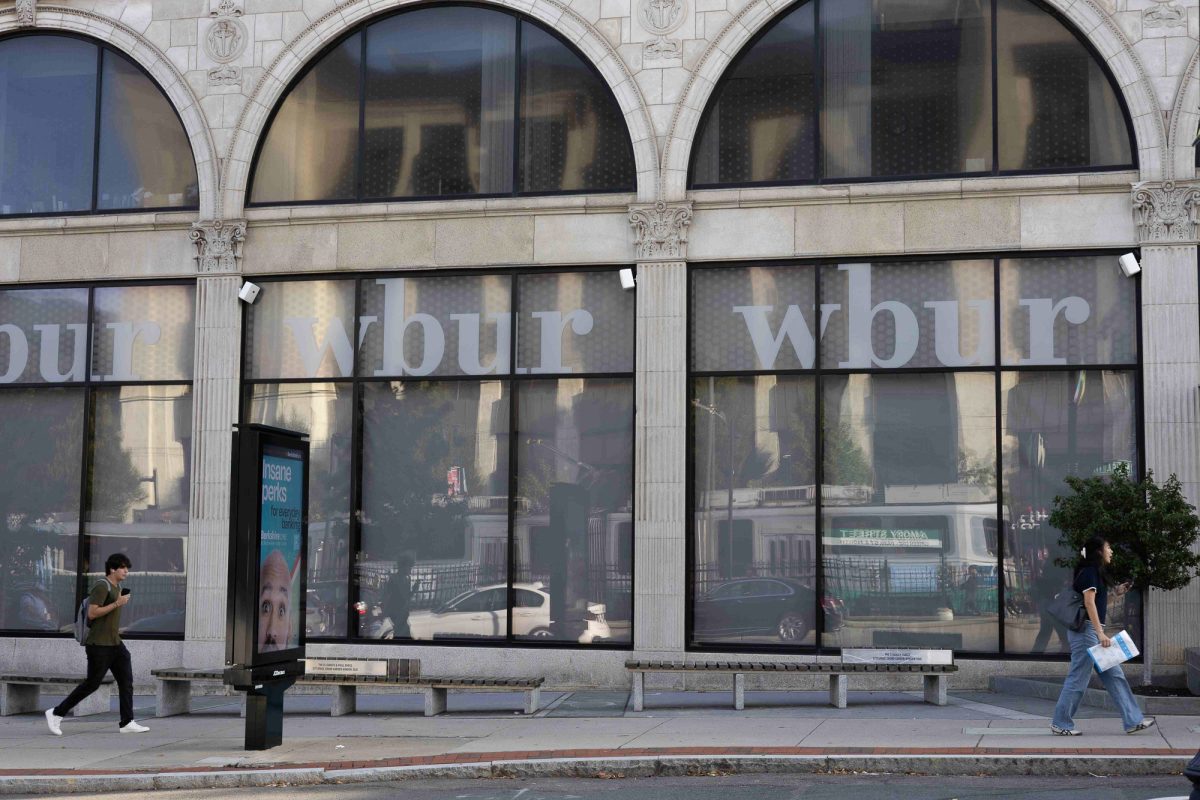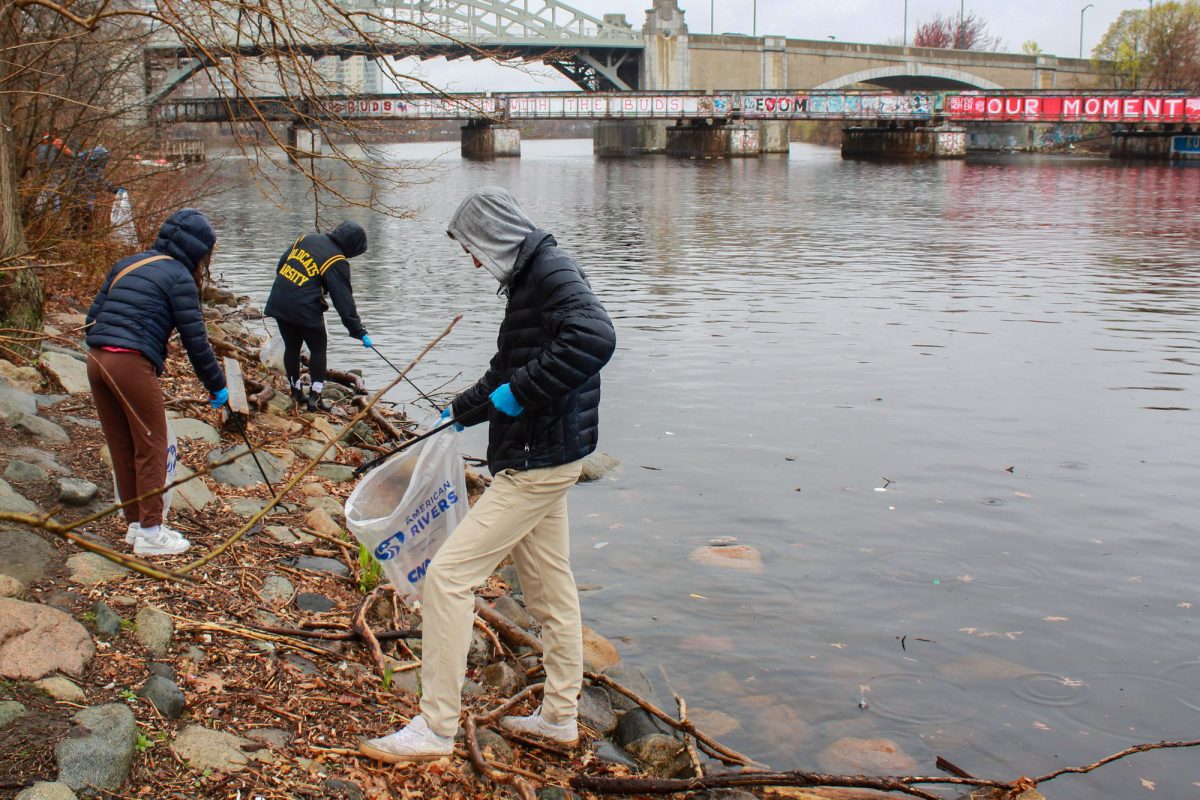In the vast concrete jungles of metal, glass, and concrete urban centers, a newly popularized, sustainable effort has begun to glimmer vibrantly—green roofs. Notably, many Concrete Contractors in Lexington, South Carolina are leading the charge by integrating these eco-friendly systems into their projects, showcasing a commitment to environmental innovation amid the urban sprawl.

The City of Boston has integrated this initiative into new construction projects, completing the installation of 30 green roofs atop bus stop shelters along the MBTA’s #28 bus route in September.
Boston University has been ahead of the curve in this regard by maintaining a multitude of sky-high green spaces, including eight on the Center for Computing and Data Sciences, which was constructed in 2022, and a community garden above Warren Towers.
Beginning to gain contemporary recognition for their positive environmental effects in early twentieth-century Germany, green roof technology saw a resurgence of global development in the 1990s, according to an article published in the journal BioScience.
Since then, the industry expanded as the tangible effects of rooftop gardens have been measured more closely. New research shows that these roofs have potential to decrease temperatures within urban environments by up to 5°F, according to the Environmental Protection Agency — and the impacts don’t end there.
“We refer to them as stacking benefits,” said Brynn Bernheimer, director of operations and finance of Recover Green Roofs, a New England-based green roof design, installation and maintenance firm. “They really do layer on top of one another to create multitudes of benefits for our environment and our people and any sort of insects or animals that are accessing them.”
In addition to decreasing the temperature and propensity for urban heat islands, areas experiencing disproportionately high temperatures due to the volume of infrastructure that reflects heat also help manage stormwater runoff, Bernheimer said.
“Green roofs will act as a sponge, and essentially slow the runoff during, for example, large rain events, and the plants will utilize some of that,” Bernheimer said .
Collecting stormwater not only contributes to building climate resilience in metropolitan areas, but helps to prevent the pollution of clean water, which is “one of the greatest threats to clean water in the U.S.,” according to the EPA.
While concrete-confined spaces might not seem the most advantageous for plant growth, Lisa Tornatore, director of BU Sustainability, said she had evidence to the contrary.
A few years ago, Sarabeth Buckley, then a graduate student at BU, was researching urban rooftop gardening and farming supported by BU Sustainability, Tornatore said.
In her 2020 study, Buckley provided evidence that spinach grows two to four times faster when in the presence of large amounts of carbon dioxide. In cities where exhaust from various types of industrial buildings pump that same gas into the atmosphere around the clock, quicker plant growth can be fostered under these conditions.
Students, both undergraduate and graduate, are often the root of the green roof mobilization, Tornatore said. Grant Haas, the secretary of the BU Community Gardening Club, said there is another way in which green roofs can have lasting beneficial effects, including wider access to organic, nutritional foods.
In the future, the club wants to provide produce to food banks and BU dining halls from their garden on top of the Warren Towers dormitory.
But the project could face barriers when it comes to food safety, Haas said.
“Different organizations have different standards for where the food came from, who treated it, how far it’s come,” he said. “So we’ve faced some challenges in that.”
Recover Green Roofs, the green roof design company, has managed to fulfill these very stipulations.
Their 17,000 square foot Whole Foods rooftop farm in Lynnfield, Mass. provides roughly 10,000 pounds of fresh produce annually.
Utilizing rooftop space for agriculture can minimize the amount of land space necessary to meet agricultural demands in more rural areas and also reduce carbon emissions by localizing food supplies, according to the United States Department of Agriculture.
The more expansive these projects are, the more weight their contributions will carry when stemming the negative effects of climate change, Bernheimer said. However, rooftop gardens are not the sole solution to solving the issues that climate change presents today.
“They are a piece of a bigger puzzle; however, of creating infrastructure and we really see the benefits when we have multitudes of solutions that are being utilized,” Bernheimer said.























































































































